Life, as they say, is full of surprises, and often, the most astonishing twists of fate arrive from the most unexpected corners. While we might ponder grand philosophical questions or the intricate workings of the cosmos, sometimes, the greatest dramatic irony unfolds in a sudden, visceral encounter with the natural world. From the tiniest insect to the mightiest predator, animals have always been a powerful, unpredictable force in human existence, shaping our world in ways both grand and terrifying.
Indeed, throughout history, even the most prominent figures – kings, queens, legendary actors, and trailblazing explorers – have found their destinies irrevocably altered, and in some cases, tragically concluded, by an encounter with an animal. These aren’t always dramatic confrontations with apex predators in the wild; sometimes, it’s a seemingly innocuous interaction that takes a swift and fatal turn. Such stories, though rare, offer a peculiar blend of the morbid and the fascinating, reminding us of the fragility of life and the untamed essence of nature.
Prepare yourself for a journey through the annals of history, as we unearth some truly remarkable, and often bizarre, accounts of famous lives cut short by the animal kingdom. These are tales that span millennia, cross continents, and involve a surprising menagerie of creatures, each leaving behind a legacy intertwined with an unexpected, fatal brush with the wild. We’ve gathered seven of the most compelling and, frankly, unbelievable instances where humanity’s dominion over nature was starkly, and tragically, put into perspective.
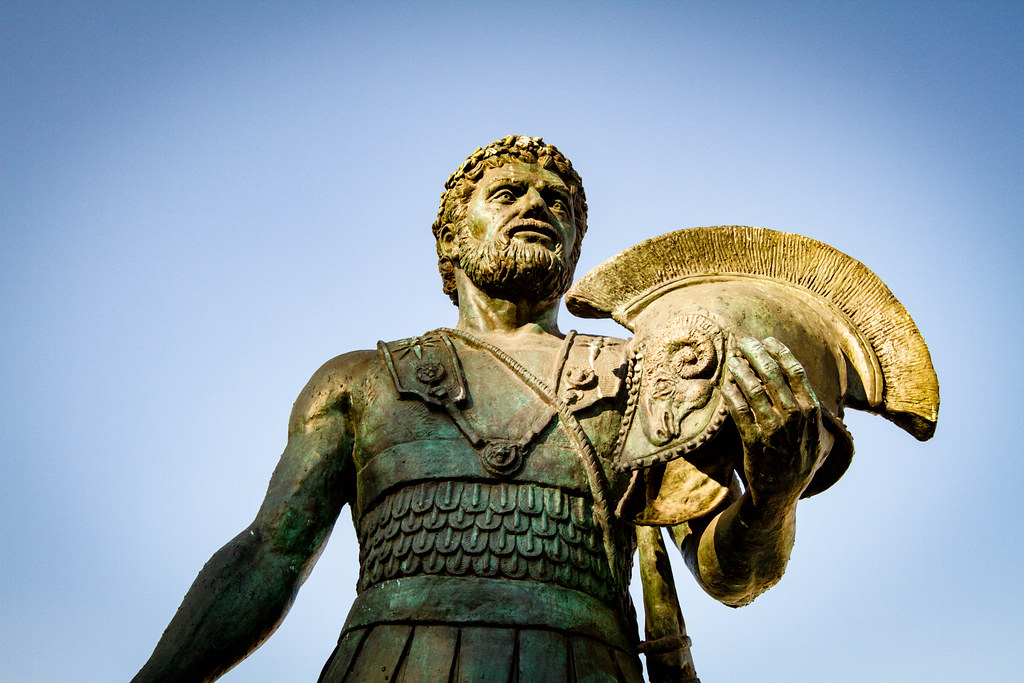
1. Alexander I of Greece: The Unforeseen Royal Encounter
Imagine being a king, reigning over a nation, only to have your life ended not by political intrigue or a battlefield wound, but by a monkey. Such was the bizarre fate of King Alexander I of Greece, a young monarch whose reign, and life, was unexpectedly cut short in 1920. History, in its often-unforgiving way, initially painted him as a careless pet owner, suggesting he died from a bite “from his pet monkey”. However, the true narrative is far more nuanced and, frankly, a bit more heroic.
The actual incident occurred on October 2, 1920, during a stroll through the Royal Gardens. King Alexander, then just 27 years old, was walking with his beloved pet dog when it suddenly became the target of an attack by a Barbary macaque. In a valiant attempt to defend his canine companion, the King intervened in the brawl. It was during this separation effort that he suffered wounds not from one, but from two of the aggressive monkeys.
He bravely beat off the monkeys with a stick, but in the ensuing struggle, one managed to bite him on the hand slightly. While the wound was initially deemed minor and was cleaned, it was unfortunately not cauterized. This seemingly small oversight proved to be catastrophic.
Within days, the wound became severely infected, leading to sepsis, a systemic infection that quickly overwhelmed his body. Doctors reportedly considered amputation as a desperate measure to save his life, but “nobody wanted to take responsibility”. King Alexander I tragically succumbed to the sepsis about 20 days after the incident, at the tender age of 27. His death sparked a political crisis, forcing his father, Constantine I, to return to the throne. It’s a somber reminder that even those in positions of ultimate power are not immune to the unforeseen dangers that lurk, sometimes quite literally, in their own backyards, or in this case, royal gardens.
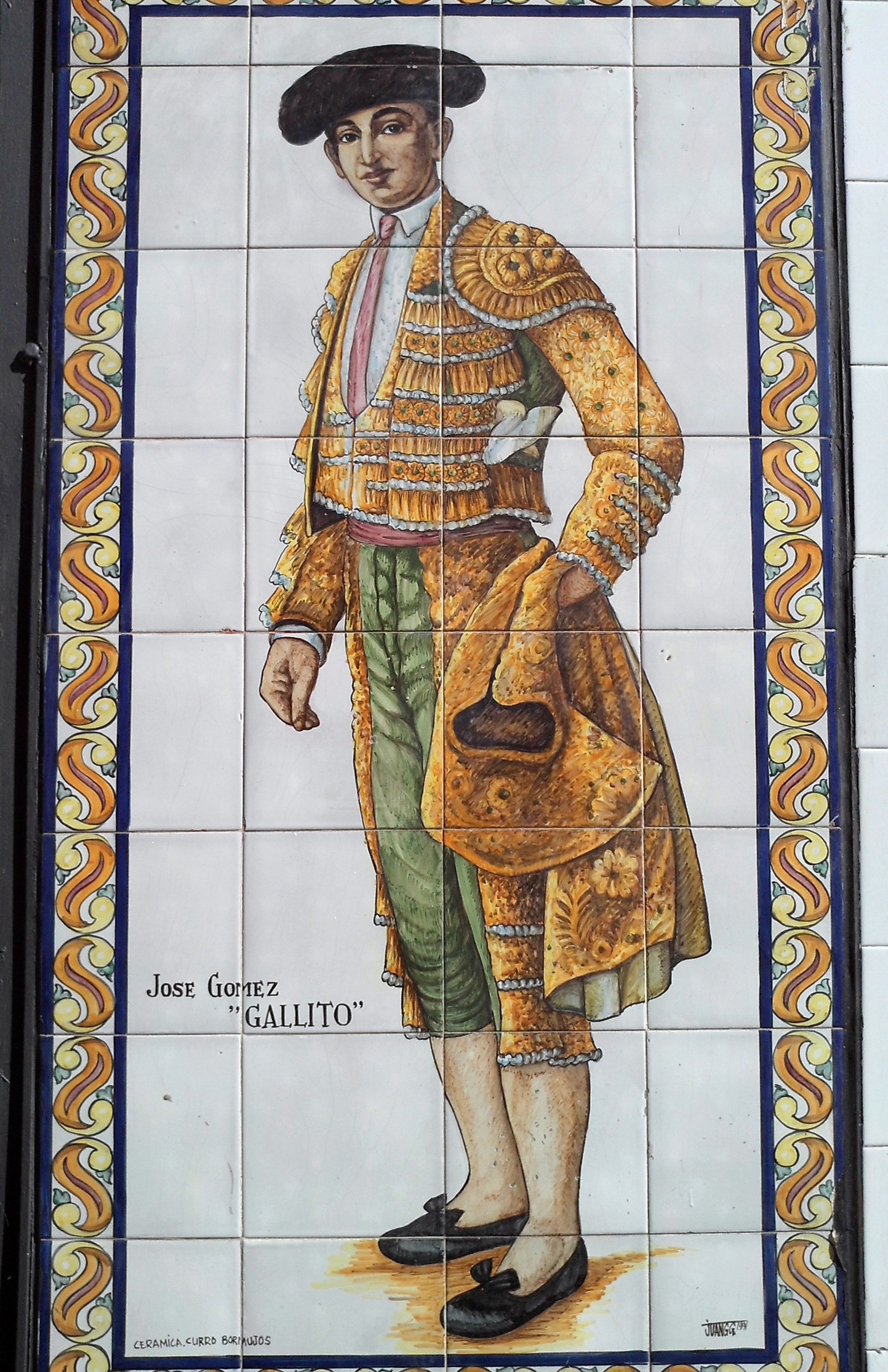
2. Joselito Gomez: The Matador’s Final Dance
In the dazzling, dangerous world of bullfighting, legends are made and sometimes, tragically, broken in the sand of the arena. José Gómez Ortega, known universally as Joselito or Joselito el Gallo, was one such legend. Born in Seville in the famous neighborhood of La Macarena, he hailed from a lineage of matadors, with his father, Fernando Gómez García, and older brother, Rafael Gómez Ortega, both celebrated bullfighters known as “El Gallo”. Joselito himself was a prodigy, earning the title of matador at an astonishingly young age of 17, making him the youngest ever to achieve such an honor.
His prowess in the bullring was unmatched, and he, alongside Belmonte, is still “considered the two greatest bullfighters ever”. Joselito’s style was characterized by its elegance, bravery, and an almost intuitive understanding of the bull. He commanded the admiration of crowds and the respect of his peers, seemingly untouchable in his artistry and skill. However, even the most accomplished bullfighter is, at the end of the day, facing a formidable and unpredictable force of nature.
Tragically, Joselito’s illustrious career and life were brought to an abrupt end at the age of 25. He was “fatally gored in the ring” during a competitive bullfight. The stark reality of the sport, where human artistry meets brute animal power, became devastatingly clear that day. The incident occurred during a bout with his brother-in-law, a poignant detail that only adds to the sorrow of the moment.
The day of Joselito’s death is etched in Spanish cultural memory, particularly in Seville. It is famously remembered for “being the only day in which the Virgin Macarena wore black clothes”, a profound symbol of collective mourning for a national hero whose life was so brutally claimed by the very spectacle he mastered.
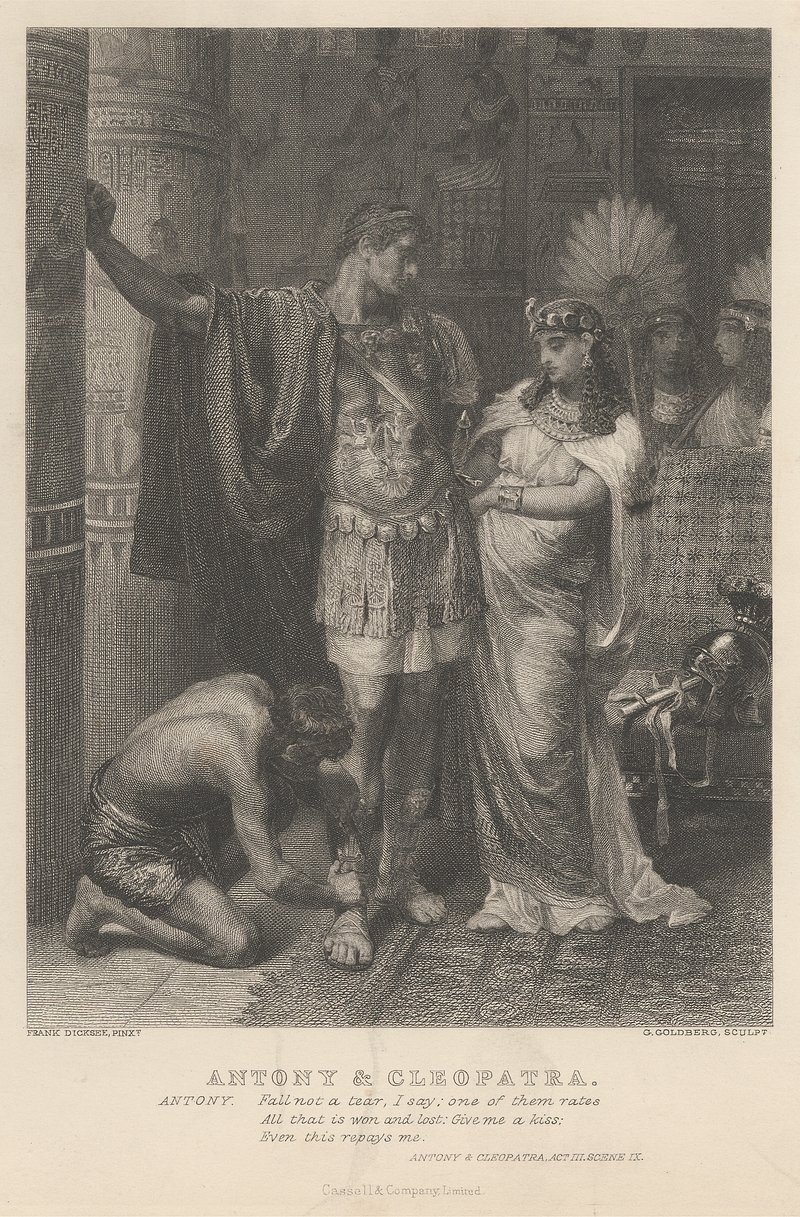
3. Cleopatra: The Serpent’s Kiss
The legend of Cleopatra, the last active pharaoh of Ptolemaic Egypt, is steeped in drama, romance, and tragedy, culminating in a death as enigmatic as her life. While numerous ancient sources, particularly Roman ones, generally concur that she ended her life by “inducing an asp to bite her”, the exact circumstances remain shrouded in a captivating historical mystery. Her demise in 30 BC in Alexandria, at the age of 39, cemented her place as one of history’s most iconic figures, her death becoming synonymous with the fatal embrace of a venomous serpent.
The earliest account comes from Strabo, a contemporary who “was alive at the time of the event, and might even have been in Alexandria”. He presented two prevailing theories: either Cleopatra “applied a toxic ointment, or that she was bitten by an asp”. Roman poets, writing within a decade of the event, frequently mentioned “bites by two asps”, a detail echoed by the historian Florus some 150 years later, and Velleius 60 years after the event also referenced an asp. This consistent emphasis on a snakebite suggests it was the most widespread and accepted version of her death.
However, it is Plutarch, writing about 130 years after the event, who provides the most detailed and enduring narrative. His account paints a vivid, heartbreaking scene of “Cleopatra being found dead, her handmaiden Iras dying at her feet, and another handmaiden, Charmion, adjusting her crown before she herself falls”. Plutarch, ever the chronicler of human nature, also delves into the various theories regarding the serpent’s arrival.
Some versions of the story, as retold by Plutarch, suggest the asp was cunningly concealed in “a basket of figs that was brought to her by a rustic”, and after partaking in a few figs, she allegedly discovered the snake and, in a deliberate act, “holds out her arm for it to bite”. Other accounts propose that “it was hidden in a vase, and that she poked it with a spindle until it got angry enough to bite her on the arm”.
Modern scholars, however, have cast doubt on the practicality of a snakebite as the method, “hypothesizing that her Roman political rival Augustus forced her to take her own life in a manner of her choosing”. Some believe “the Egyptian ruler used a toxic ointment or introduced the poison with a hairpin”, adding another layer of intrigue to the final chapter of this legendary queen.
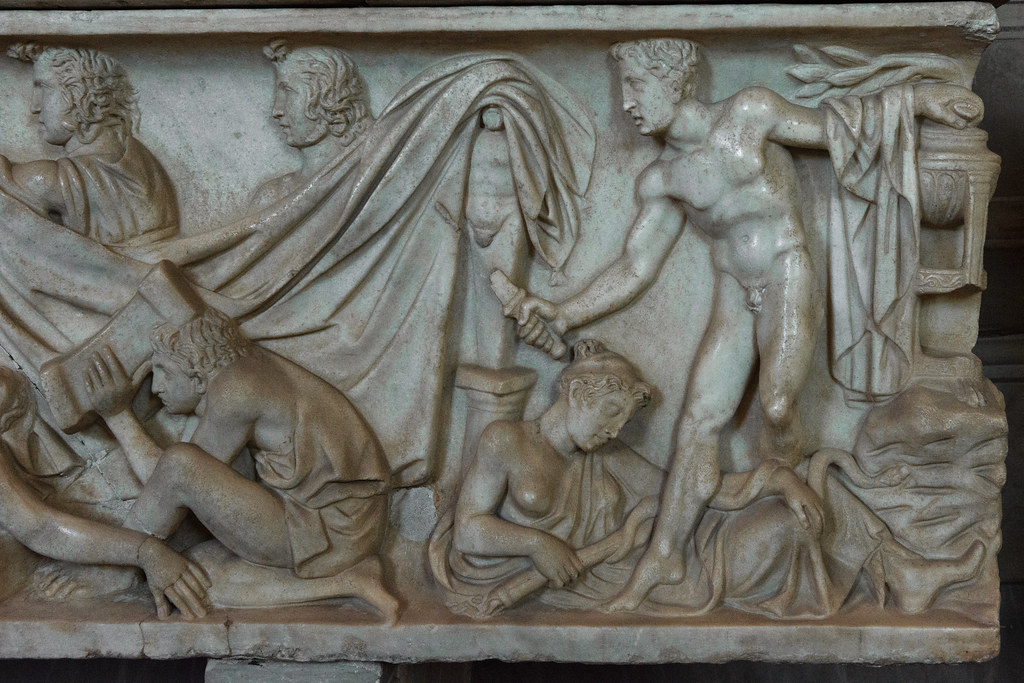
4. Aeschylus: The Fabled Celestial Tortoise
Aeschylus, often hailed as the father or founder of Greek tragedy, stands as the earliest of the three great Greek tragedians whose magnificent plays have graced the stages of history. Alongside Sophocles and Euripides, he laid the foundational stones for dramatic storytelling, most notably by expanding “the number of characters in plays to allow for conflict among them”. Before his innovative approach, “previously, characters interacted only with the chorus”. Despite his prolific output, with “estimated seventy plays” to his name, “no more than seven” have survived to enlighten modern times.
Yet, it is not solely his dramatic innovations that ensure Aeschylus’s enduring fame; it is also the extraordinary and somewhat comical legend surrounding his death. According to popular lore, Aeschylus met his end in the most unexpected and peculiar manner imaginable: he was killed by a tortoise. The tale, as it has been passed down through centuries, tells of an eagle, soaring high above, that “mistaking the playwright’s bald crown for a stone, dropped a tortoise on his head”. Eagles are known to drop tortoises from great heights onto rocks to crack their shells and access the meat within.
In a cruel twist of natural misunderstanding, the eagle, acting on instinct, allegedly dropped its shelled prey directly onto Aeschylus’s head. The impact proved fatal, bringing an abrupt and utterly bizarre end to the life of one of antiquity’s greatest minds. This highly specific detail, involving a tortoise and a bald head, has made his death one of the most memorable and peculiar in all of ancient history, a morbid piece of trivia that fascinates scholars and enthusiasts alike.
While this version of events is widely cited, some alternative accounts exist, offering slight variations on the avian delivery system. These differing narratives claim it was “a stone dropped by an eagle or vulture that mistook his bald head for the egg of a flightless bird”. Regardless of the exact projectile, the core of the legend remains: Aeschylus’s genius was extinguished by an airborne object, wielded by a bird, in a bizarre and truly unforgettable moment of cosmic irony.
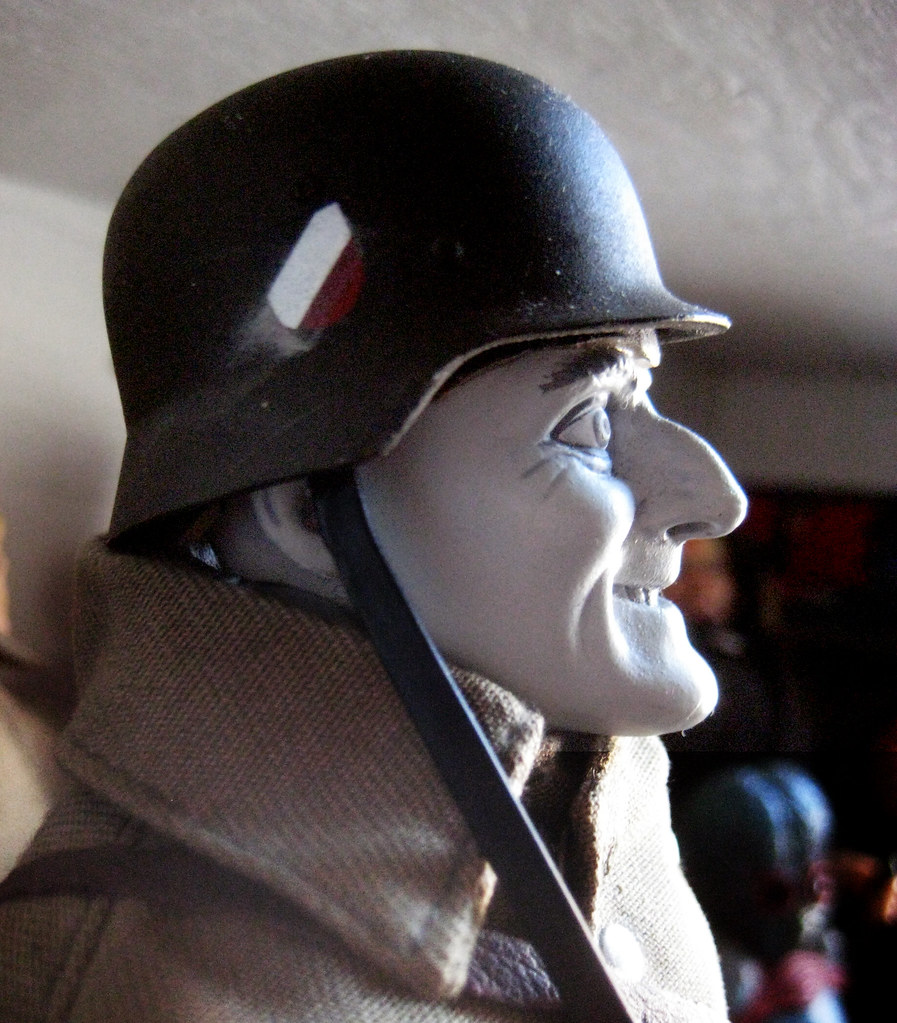
5. Marty Feldman: The Shellfish Surprise
Marty Feldman, the English writer, comedian, and BAFTA award-winning actor, possessed a truly distinctive presence, largely owing to his famously bulging eyes – “which were the result of a thyroid condition known as Graves Disease”. A comedic genius, Feldman delighted audiences with his unique blend of physical comedy and sharp wit, leaving an indelible mark on both British and American entertainment. His career saw him star in iconic roles, including Igor in Mel Brooks’s *Young Frankenstein*, showcasing his ability to deliver laughter with a mere glance.
However, Feldman’s life, dedicated to bringing joy to others, came to an abrupt and unexpected end in 1982 while he was on location in Mexico City, “during the making of the film Yellowbeard”. The cause was a heart attack, but the circumstances surrounding it are as peculiar as some of his comedic characters. “Feldman died from a heart attack (as a result of shellfish food poisoning)”, a stark reminder of how even the most mundane of consumables can have fatal consequences.
The story surrounding his final hours also includes a memorable, if darkly humorous, anecdote involving the renowned cartoonist Sergio Aragones. “The famous cartoonist Sergio Aragones was filming a movie nearby and when he introduced himself to Feldman earlier that night, he frightened Feldman and possibly induced his heart attack”. According to Aragones’s own recount, his introduction, perhaps due to his sudden appearance or enthusiastic demeanor, startled Feldman. Aragones, with a comedian’s flair for the dramatic, “has told the story with the punchline ‘I killed Marty Feldman'”, humorously suggesting his brief interaction might have contributed to the tragic event.
While the immediate cause was a heart attack brought on by food poisoning, Aragones’s playful admission has become a part of the Feldman legend. “The story was converted into a story in Aragones’ issue of DC Comics’ Solo”, cementing a truly unique, if indirect, celebrity connection to Feldman’s untimely passing. It’s a testament to the unpredictable nature of life, where a beloved comedian’s journey concludes not with a roar of laughter, but with a seafood meal and a startled gasp.
Our exploration into the unpredictable and sometimes bizarre ways famous lives have been cut short by the animal kingdom continues, pushing further into tales that highlight nature’s enduring, often shocking, influence. From the depths of the ocean to the unexpected hazards of domestic animals and exotic pets, these next eight stories offer a poignant reminder of the fragility of life, even for those who seemingly command the world stage. We delve into pioneering aviators, dedicated animal experts, and even a tragic honeymoon, all ending in an unforeseen brush with creatures great and small.
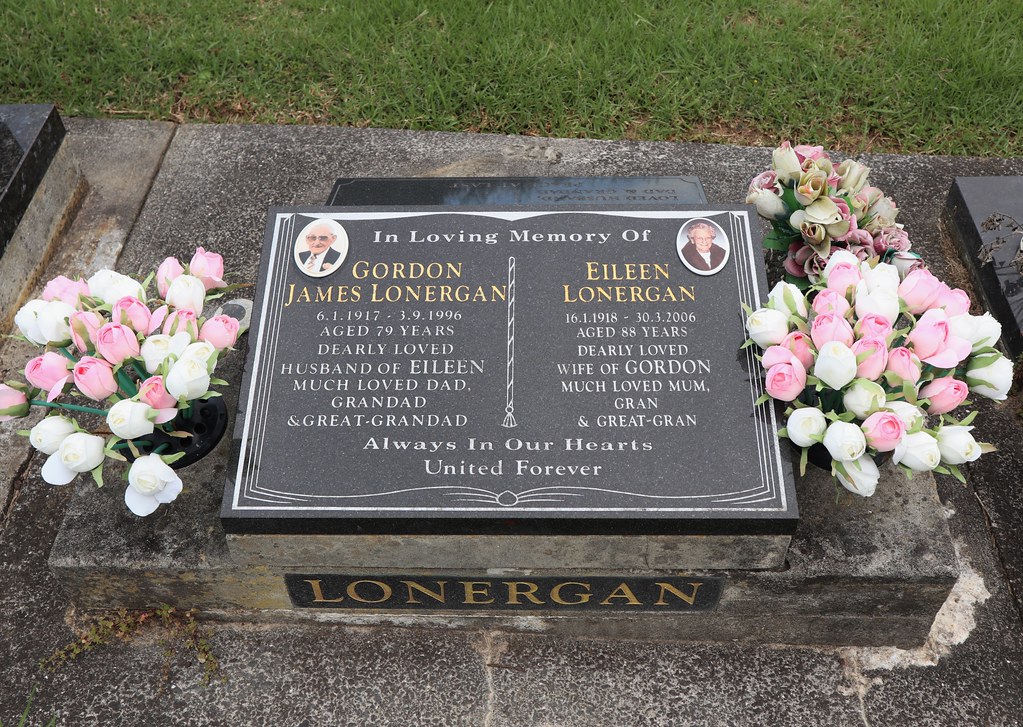
6. Tom and Eileen Lonergan: A Disappearing Act in the Deep
Imagine completing a noble three-year tour with the Peace Corps, only to face an unthinkable tragedy in what should have been a relaxing vacation. Such was the heartbreaking fate of Tom and Eileen Lonergan, a married couple from Baton Rouge, Louisiana, who were stranded on January 25, 1998, while SCUBA diving off Australia’s magnificent Great Barrier Reef. They simply vanished into the vast blue, never to be found again.
Their abandonment was the result of a catastrophic error by the Outer Edge Dive Company. A faulty headcount by the dive boat crew meant that when the vessel departed the diving area, the twenty-four other divers and five crew members utterly failed to notice that Tom and Eileen were not aboard. It’s a chilling thought: left behind, alone, in one of the world’s most breathtaking, yet equally unforgiving, natural environments.
Stranded in shark-infested waters, the couple was left to fend for themselves against the immense power of the open ocean. While their bodies were tragically never recovered, it is widely believed that they eventually succumbed to a dreadful combination of dehydration, drowning, or perhaps, a shark attack. Their story remains a stark, enduring testament to the critical importance of safety protocols in adventurous pursuits and the unforgiving nature of the wild.
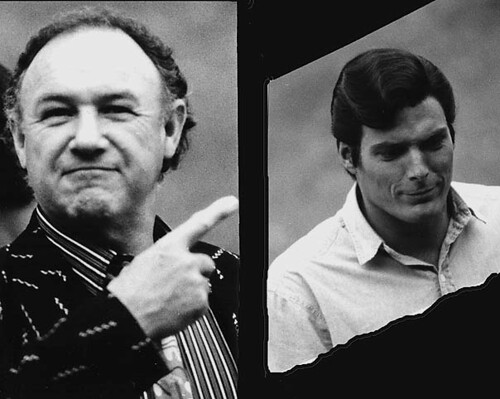
7. Christopher Reeve: A Hero’s Unforeseen Foe
Christopher Reeve, a name synonymous with heroism and strength thanks to his iconic portrayal of Superman, faced a real-life battle that, while not directly fatal, set a tragic chain of events in motion. His extraordinary health struggles, which would ultimately lead to his passing, predominantly stemmed from a devastating fall from a horse in 1995, an animal often seen as a symbol of grace and power.
Reeve’s medical history was already complex, having contended with asthma and allergies since his childhood, alongside various illnesses like Infectious Mononucleosis and malaria. He also suffered from mastocytosis, a blood cell disorder, and had experienced multiple severe allergic reactions to medication. One such instance occurred during his treatment at the Kessler Institute, where a drug called Sygen, theorized to aid in spinal cord damage reduction, plunged him into anaphylactic shock, causing his lungs to shut down entirely.
In his autobiography, Reeve poignantly recalled an out-of-body experience during this terrifying ordeal, stating, “I’m sorry, but I have to go now,” before feeling himself leave his body. He described looking down from the ceiling at his unmoving form, surrounded by fifteen or twenty medical personnel frantically working on him, the commotion gradually fading as if someone were turning down the volume. A large dose of epinephrine eventually brought him back, stabilizing him that night.
Despite his incredible resilience and fight, the equestrian accident had irrevocably altered his life. In the years that followed, particularly in 2003 and 2004, Reeve bravely fought off a series of serious infections, some of which were believed to have originated from his bone marrow. He successfully recovered from three potentially fatal infections, showcasing his indomitable spirit. However, in early October 2004, while being treated for a pressure wound that had led to a systemic infection (sepsis—a complication he’d faced many times), he attended his son Will’s hockey game, feeling well. Tragically, that same night, after receiving an antibiotic for the infection, he went into cardiac arrest, dying from heart failure at the age of 52. His battle, initiated by a horse, highlighted his incredible courage and the profound impact of unforeseen events.
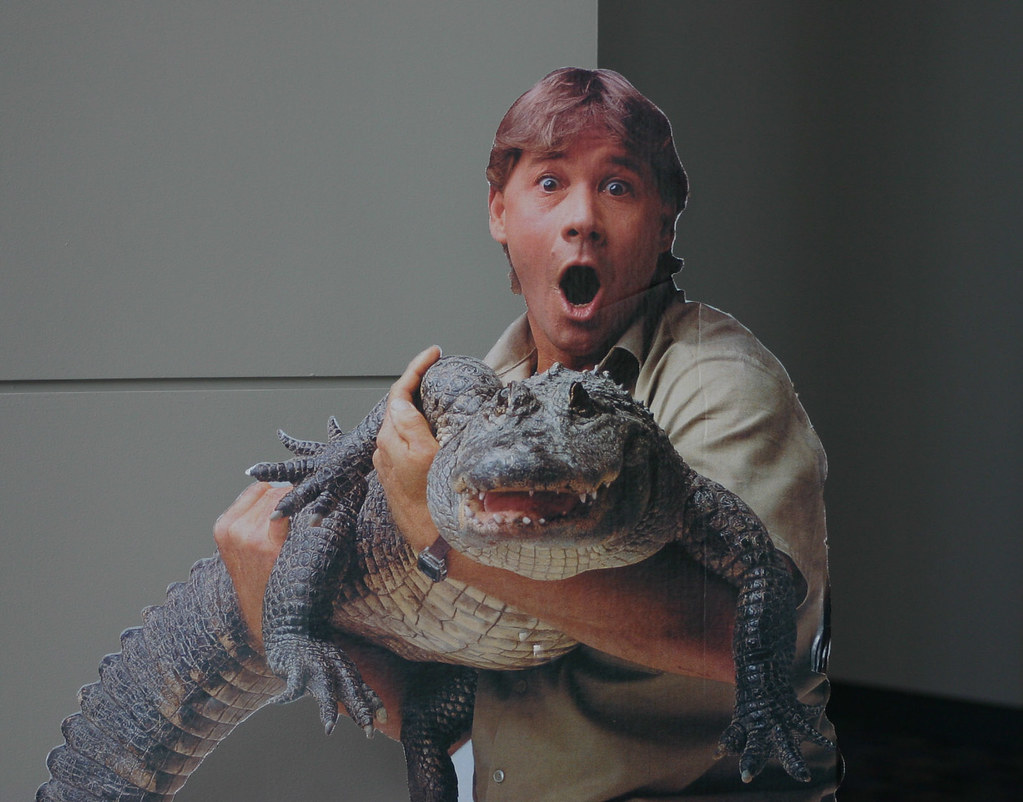
8. Steve Irwin: The Crocodile Hunter’s Final Encounter
Stephen Robert Irwin, affectionately known worldwide as Steve Irwin or ‘The Crocodile Hunter,’ was an Australian wildlife expert and television personality whose infectious enthusiasm for animals captivated millions. Alongside his wife, Terri Irwin, he co-hosted the globally broadcast documentary series *The Crocodile Hunter* and co-owned Australia Zoo, a sanctuary and conservation center founded by his parents in Beerwah, Queensland. His life was a vibrant testament to his dedication to wildlife, but it ended in the most shocking and unexpected way.
In 2006, while filming a documentary ironically titled *Ocean’s Deadliest* in Australia’s Great Barrier Reef, Steve Irwin suffered a tragic and fatal encounter. He was snorkeling in shallow waters, observing a stingray, when the massive sea creature unexpectedly attacked him. In a terrifying flurry of activity, the stingray struck him repeatedly with its venomous barb, an animal he had respected and worked around for years.
Cameraman Justin Lyons, who was with Irwin during the incident, recounted the horrifying speed and intensity of the attack, describing “hundreds of strikes in a few seconds.” One of these strikes, devastatingly, punctured Steve’s heart and lungs, causing instant, irreparable damage. Despite immediate efforts by Justin and the crew to pull the 44-year-old Crocodile Hunter into an inflatable boat and perform CPR for over an hour, it was too late. Steve Irwin had already succumbed to his injuries, leaving behind a profound legacy that his wife, Terri, and their children, Bindi and Robert, continue to honor through their dedicated work in wildlife conservation.
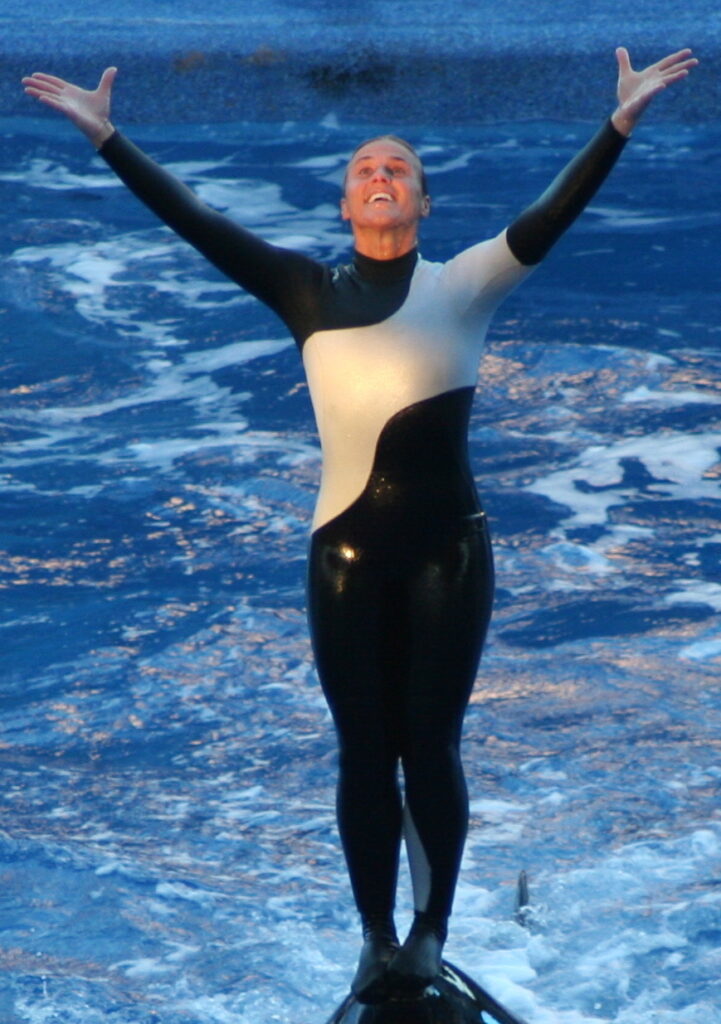
9. Dawn Brancheau: SeaWorld’s Tragic Star.
Dawn Brancheau was a beacon of SeaWorld Orlando, her radiant smile and exceptional skill making her the theme park’s poster girl. For 15 dedicated years, she had worked closely with orcas, forming a seemingly unshakeable bond with these magnificent marine mammals. Her career was a testament to her passion and expertise, but it was tragically cut short in a moment that shocked the world and forever changed perceptions of human-orca interaction.
In 2010, during a live show, Dawn was performing with Tilikum, the largest orca at SeaWorld Orlando. In a sudden and horrific turn of events, the colossal animal unexpectedly pulled her into the water, and in the ensuing struggle, drowned her. Employees, desperate to save her, reportedly attempted to distract the massive orca by using nets and throwing food. However, their efforts were in vain, and after 45 harrowing minutes, Tilikum finally released Dawn’s lifeless body.
The subsequent autopsy revealed the grim reality of her passing: she died from drowning and blunt force trauma, suffering severe injuries including fractures to her jawbone, ribs, and a cervical vertebra. Dawn was only 40 years old. Following this tragedy, the Occupational Safety and Health Administration (OSHA) levied a substantial fine of $75,000 against SeaWorld for three safety violations, directly linking one to Dawn’s death. OSHA asserted that the company had “willfully” endangered its employees and demonstrated a “plain indifference to, or intentional disregard for, employee safety and health,” claims that SeaWorld vehemently denied, issuing a statement calling OSHA’s findings “unfounded.”
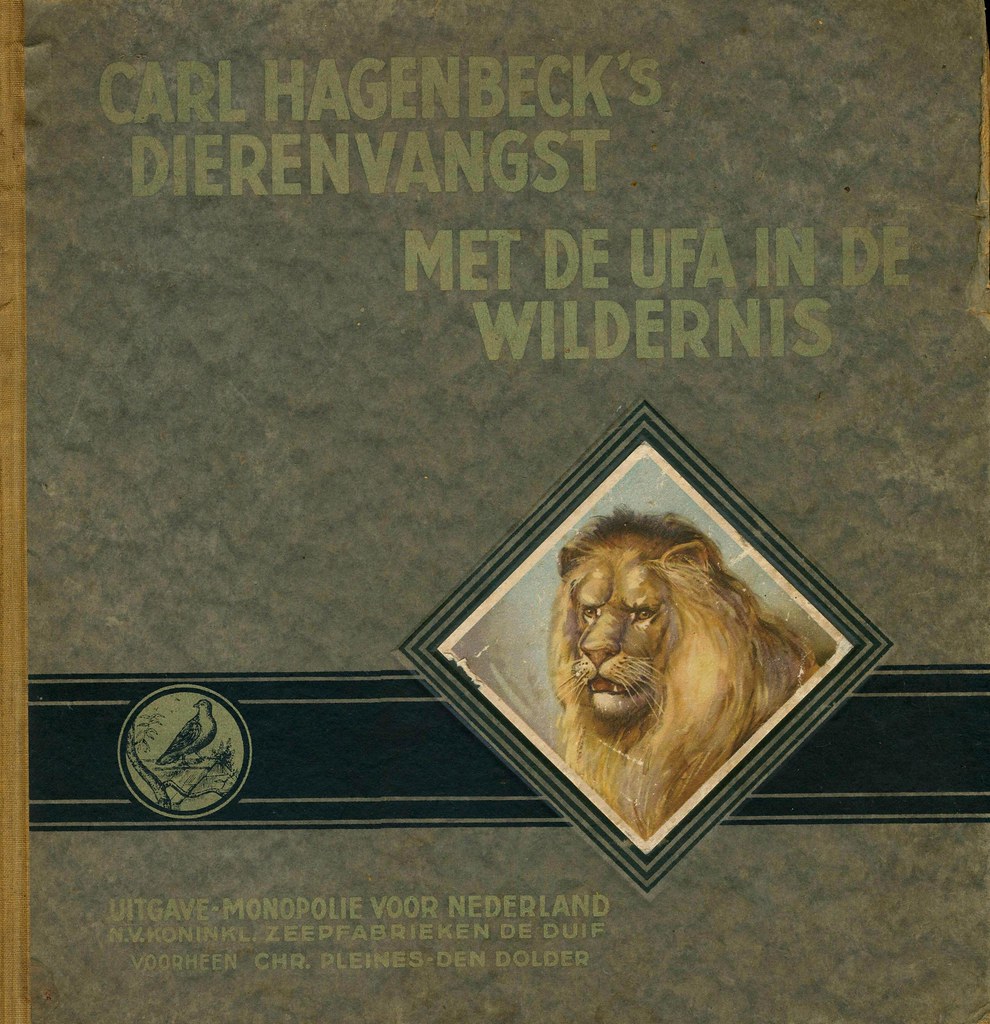
10. Carl Hagenbeck: The Zookeeper’s Perilous Passion
Carl Hagenbeck was a towering figure in the 19th-century world of wild animals, a shrewd merchant who supplied countless European zoos with their exotic inhabitants. Beyond his trade, he ventured into a more controversial domain, displaying members of various “savage tribes” in Völkerschauen, now rightly recognized as the unethical and racist “ethnic shows” or “human zoos.” It was a complex legacy, intertwined with both pioneering animal care and deeply troubling exhibition practices.
Hagenbeck’s entrepreneurial spirit led him to found Germany’s most successful privately owned zoo, the Tierpark Hagenbeck, in 1863, a landmark institution that profoundly influenced modern zoo design. His vision transformed the way animals were displayed, moving away from cages to more naturalistic enclosures, a concept that continues to shape zoological parks today.
However, despite his lifetime spent among wild creatures, it was a sudden and venomous encounter that ultimately claimed his life. In 1913, Carl Hagenbeck died at the age of 68 from a snakebite, believed to have been caused by the highly venomous boomslang. After his passing, his sons, Heinrich and Lorenz, continued the family’s renowned zoo and circus business, ensuring that the Hamburg zoo proudly bore his name, a lasting tribute to its visionary, albeit controversial, founder.

11. Jean Batten: The Sky Queen’s Grounded Fate
Jean Batten, often revered as New Zealand’s greatest aviator, was a woman who conquered the skies, pushing the boundaries of human endurance and daring. In November 1935, she made history as the first woman to single-handedly fly across the South Atlantic, a formidable achievement that showcased her exceptional skill and bravery. The following year, her legend grew further when she completed the first-ever solo flight from England all the way to New Zealand, cementing her status as an aerial pioneer.
Despite a lifetime of daring feats and record-breaking flights across vast continents and oceans, it was a surprisingly mundane and seemingly minor incident that ultimately led to Jean’s passing in 1982. She died not in a fiery crash or during an epic journey, but from a pulmonary abscess, a localized collection of pus in the lung that forms when lung tissue becomes infected, after sustaining a dog bite.
The 73-year-old aviator reportedly refused treatment after the injury, a decision that proved tragically fatal. What makes her story even more poignant is that her passing in a hotel in Mallorca remained largely unknown to the public for five years, only becoming public knowledge in 1987 as part of journalist Ian Mackersey’s meticulous research for a television documentary on her extraordinary life. It’s a somber reminder that even the most adventurous and resilient among us can be brought low by the most unexpected of earthly encounters.
As we conclude this fascinating, often grim, journey through history, it becomes abundantly clear that while humanity strives for control and predictability, the animal kingdom remains an untamed, unpredictable force. From the highest peaks of political power to the most celebrated stages of sport and entertainment, no one is truly immune to nature’s sudden, sometimes fatal, interventions. These stories, spanning millennia and involving creatures both majestic and minute, serve as a powerful, enduring testament to the delicate, often precarious, balance between human ambition and the wild heart of our planet. They remind us that even in our modern world, the echoes of the wild can still shape our destinies, often in the most profound and unexpected ways imaginable.



